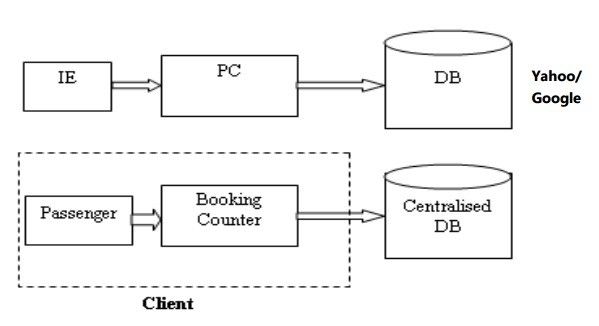

Application server/ layer handle the request and process them based on FIFO (First in and First out). It has its own queue mechanism to process the user request. It also contains the task interpreters to interpret the user request and route it to the server.
It is intelligent to store the frequently accessed data thereby reducing the load on the server.
SAP uses the industry specific 3-Layer Architecture and named it as R/3 Architecture. It consists of three 3 Layers
It is a client for all the SAP Solutions. It is also referred as SAP GUI. There are three 3 types of SAP GUI
SAP provides various versions of GUI (4.6c, 620, 640, 700, 710 and 720)
It is used to handle the user request and process them to the database. It has dispatcher to process and monitor the user request, work process to process and interpret the requests, Buffer areas to store the frequently accessed data. It absorbs the load both from Client and the server.
It is the area where the complete data resides. It has its own queue, process, buffers, and request handling mechanism. Most of the databases are on Oracle. SAPis pushing MAXDB (without any license key), Microsoft SQL Server & IBM DB2 with discounted prizes.
SAP is focusing SMB (Small Mid-sized Business) and promoting SAP for nearly 1 million/ Rs. 10 Lakhs/ per customer.
Download attached file.
You must be Logged in to download this file
Recommended Posts: